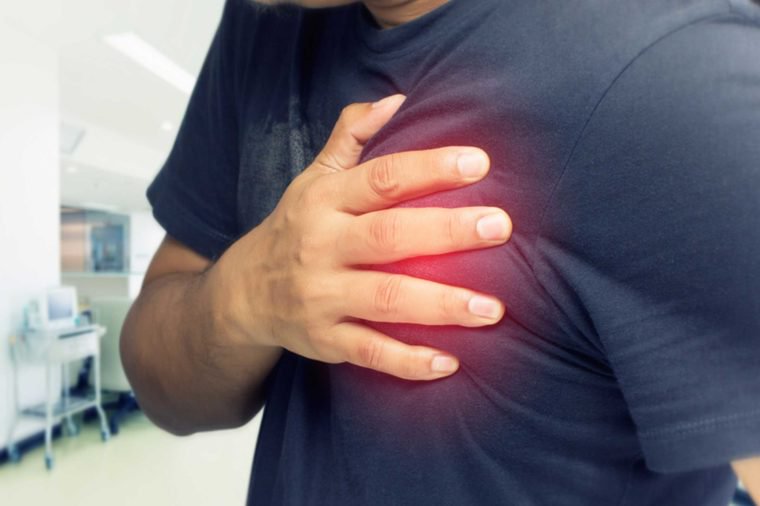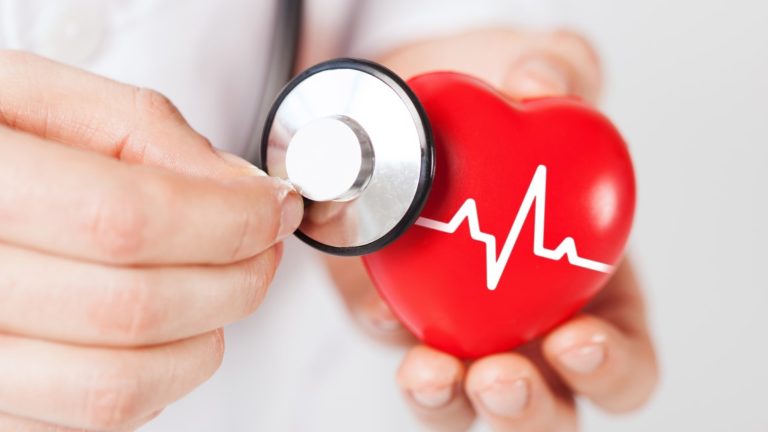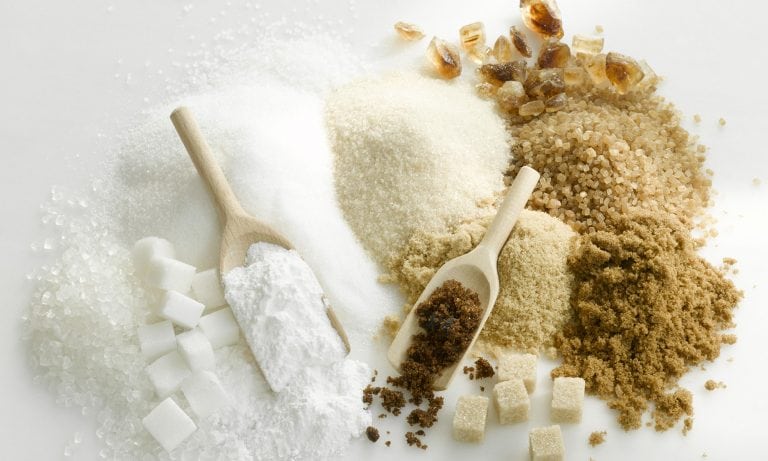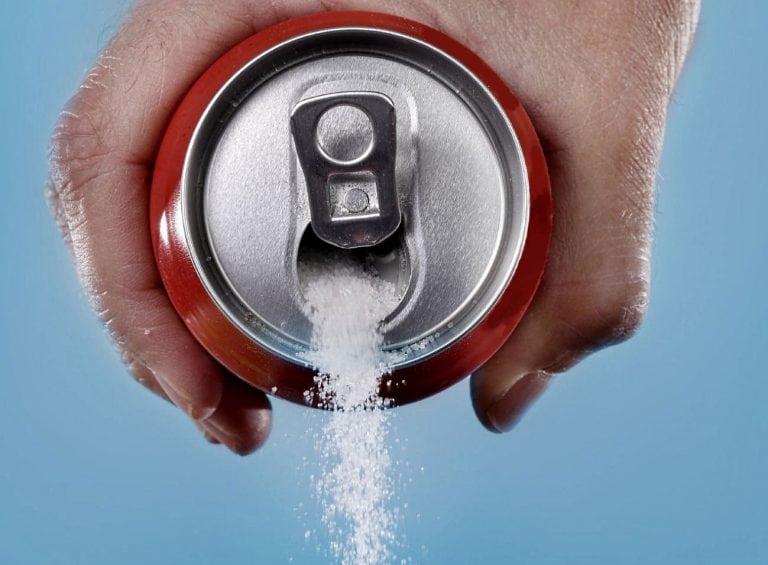
Heart disease
It is the number one killer of both men and women in the United States, but men are more at risk at an earlier age. On average, women develop heart disease about a decade later due to the protective effects of the female hormone estrogen. Heart attack symptoms are often less vague and specific in women, often including shortness of breath, nausea, jaw, neck or back pain, and fatigue rather than classic chest pain.
The common risk factors for heart disease are generally the same for both genders: family history, smoking, diabetes, hypertension, obesity, and diabetes or metabolic syndrome. “Ironically, however, women have a higher mortality from heart disease than men due to both underdiagnosis and undertreatment,” Poulina Uddin, MD, a cardiologist at the Scripps Women’s Heart Center in San Diego.
Women are also more likely than men to develop small vessel disease, a condition where blockages occur in the tiny vessels within the heart muscle rather than in the large, surface arteries. “Postmenopausal women, in particular, are subject to a sudden and unusual change in the shape of the heart muscle known as Takotsubo cardiomyopathy that occurs in response to severe emotional stress,” says Mehran Movassaghi MD, urologist and men’s health specialist at Providence Saint John’s Health Center in Santa Monica, California. “Also called ‘broken heart syndrome,’ the condition is characterized by chest pain and changes in the heart’s electrical activity that mimic a heart attack.”

























